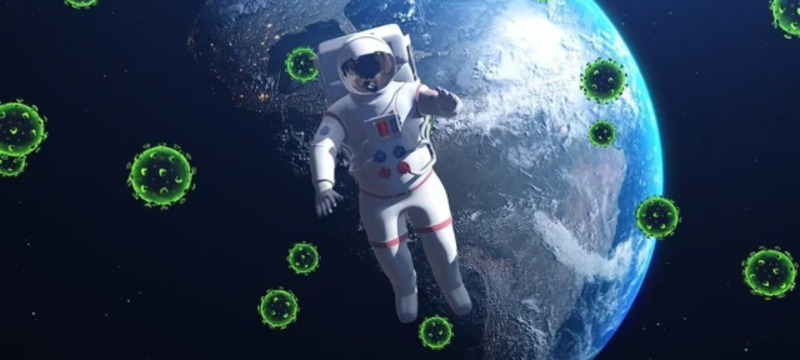A newly discovered strain of bacteria aboard China’s Tiangong space station has scientists on high alert, as it displays unique traits that suggest rapid evolution in space. Identified as Niallia tiangongensis, the microbe was first collected during the 2023 Shenzhou 15 mission and is now the subject of intense study due to its remarkable resilience.
Unlike Earth-based bacteria, Niallia tiangongensis not only survives but thrives in the harsh environment of low Earth orbit. It has demonstrated an extraordinary resistance to radiation and has evolved to produce a protective biofilm—an adaptation that shields it from ultraviolet rays and even standard disinfectants used aboard spacecraft.
ALso Read: Experts Warn Against ‘Mirror Bacteria’ Research, Citing Potential Threat to Humanity
Though the bacteria has not yet caused any health issues for astronauts, scientists are concerned about its long-term evolution. Dr. Chen Liyu of the China National Space Administration warned that “the bacteria’s ability to thrive in an environment completely alien to life on Earth” could lead to unpredictable mutations. Over time, such adaptations may turn the bacteria into a more aggressive pathogen or compromise critical spacecraft systems.
With missions to the Moon and Mars on the horizon, the implications of microbial evolution in space are becoming increasingly serious. Niallia tiangongensis may only be the beginning—an indicator that other microbes are quietly adapting in ways science has yet to understand.
Experts now call for stricter microbial control and advanced monitoring techniques in future missions. As this new spaceborne organism continues to evolve, it could pose not just a health risk to astronauts but a challenge to the very future of space exploration.









